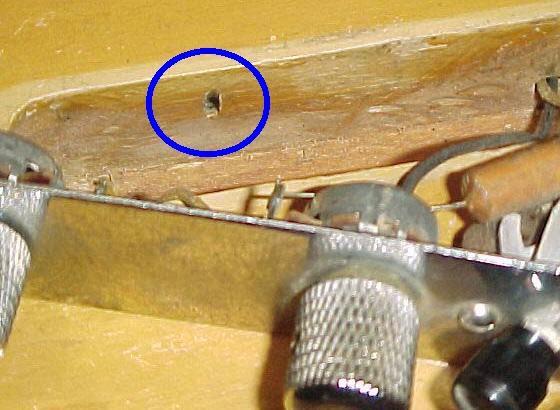Digiplay
Tele-Afflicted
I have always wondered about the finish on vintage blonde Telecasters 
On a side by side comparison of a blonde ash 50's RW and a blonde ash AVRI 52, the AVRI 52 top blonde finish seems more transparent, and you can see the grain of the wood through it, whereas the RW top blonde finish looks more like a solid paint color, and you don't see the grain of the wood like on the AVRI 52, just the outlines of the grain.
Did vintage 50's/60's era blonde Telecasters have a white primer undercoat, and if so, it would have been impossible to see the actual grain through a solid primer, just the outline of the grain
If so, does that mean the RW blonde finish is more accurate than the AVRI 52 blonde finish?
On a side by side comparison of a blonde ash 50's RW and a blonde ash AVRI 52, the AVRI 52 top blonde finish seems more transparent, and you can see the grain of the wood through it, whereas the RW top blonde finish looks more like a solid paint color, and you don't see the grain of the wood like on the AVRI 52, just the outlines of the grain.
Did vintage 50's/60's era blonde Telecasters have a white primer undercoat, and if so, it would have been impossible to see the actual grain through a solid primer, just the outline of the grain
If so, does that mean the RW blonde finish is more accurate than the AVRI 52 blonde finish?

